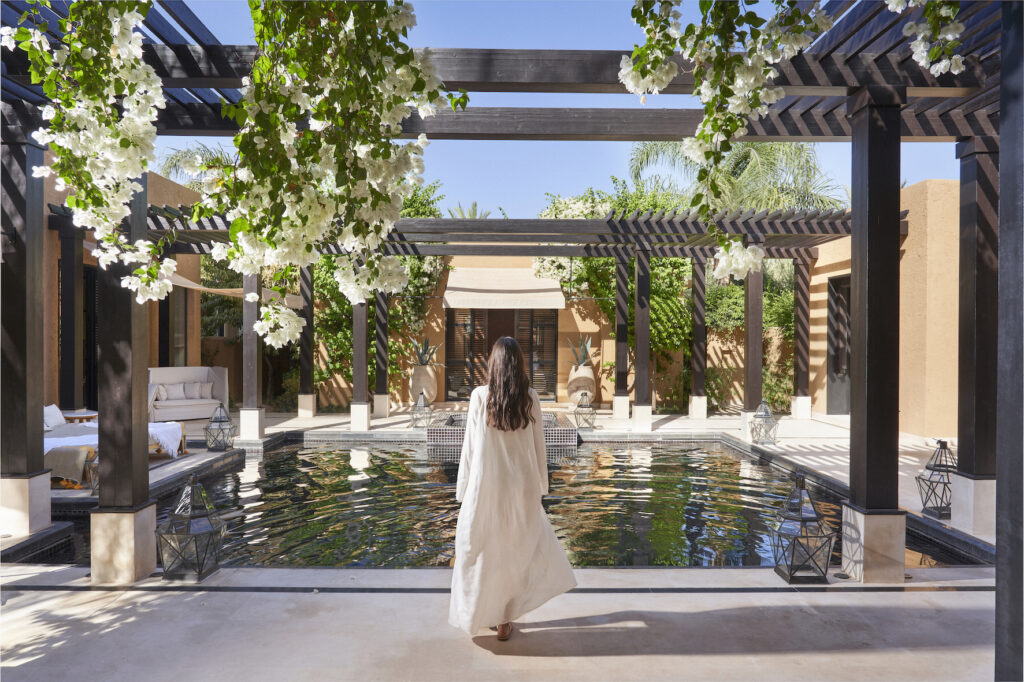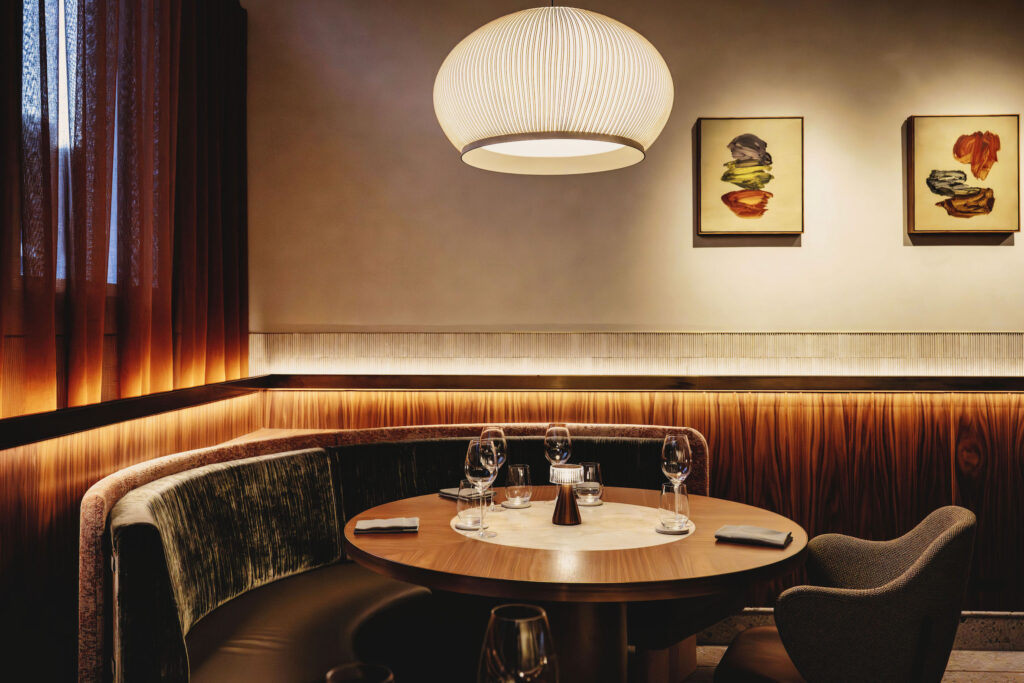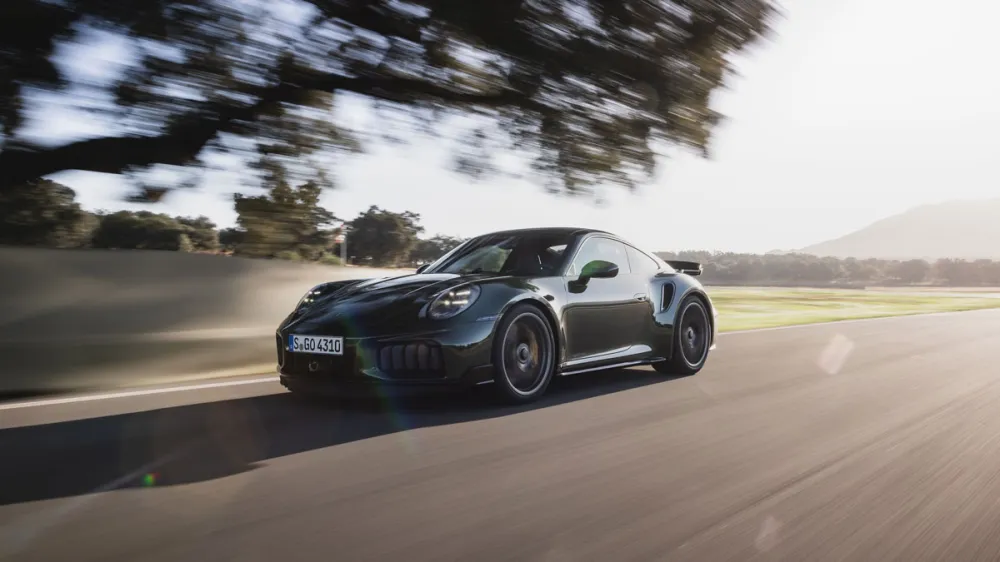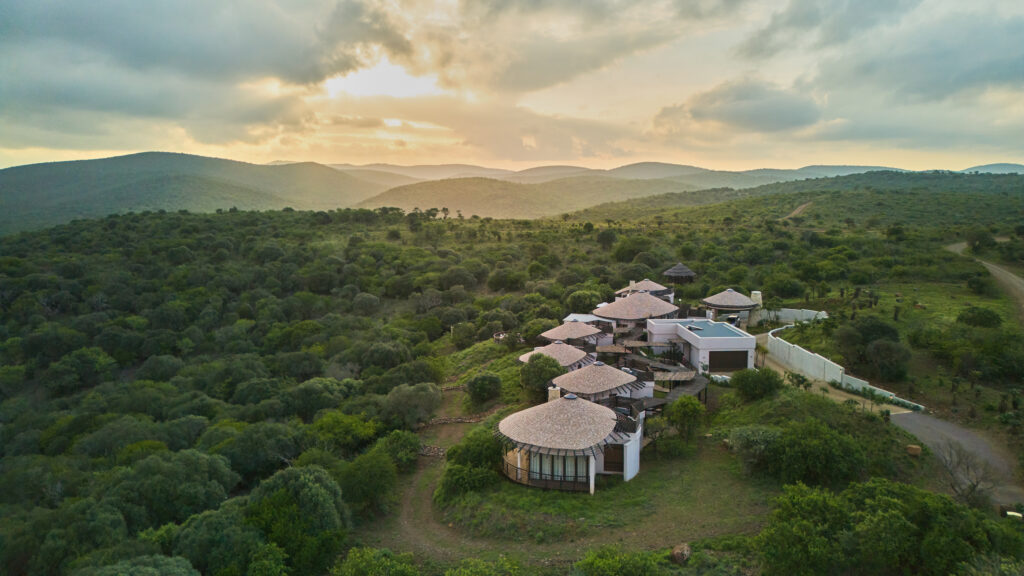
If you purchase an independently reviewed product or service through a link on our website, Robb Report may receive an affiliate commission.
Wine drinkers of a certain age may recall a time when any generic dry white wine, regardless of the grapes used in its production, was referred to as either Chablis or White Burgundy. At the same time, before regional appellation names were protected by the European Union, many consumers did not realize that the luscious white wines they were enjoying that were actually from Burgundy—or Bourgogne, as it’s called in France—were made with Chardonnay, due to the French system in which wines are generally labeled with the appellation rather than varietal name. So, whether it is Bourgogne Blanc (White Burgundy), Meursault, Puligny-Montrachet, or Chablis, the wine in question is indeed Chardonnay.
While grapes have been grown in Burgundy since the Roman epoch, the modern era of winemaking in Burgundy began during the Middle Ages, when two orders of monks, the Cistercians and the Benedictines, were given tracts of land by noble families in which they planted Chardonnay and Pinot Noir the whole length of the region. The Cistercians were based in the Abbey de Cîteaux, founded in 1098, and their holdings were mainly in the Côte de Beaune and Côte de Nuit, although they had smaller plots in Chablis and the Côte Chalonnais. Headquartered in the Abbey de Cluny, a branch of the Benedictines called the Cluniacs mainly held vineyards in the Côte Chalonnais and the Mâconnais, with smaller holdings father north. By the 15th century the wines of both orders had become famous throughout France and Europe.
In the north of Burgundy, just above Dijon, Chablis is a 100 percent Chardonnay-producing region that is noted for its crisp, clean style. Bottles labeled Petit Chablis will almost always have been made in 100 percent stainless steel, while Chablis, Chablis Premier Cru, and Chablis Grand Cru may likely have only seen previously used and lightly toasted barrels, for a short period of time, which imparts softer flavors and characteristics. The seven Chablis Grand Cru climats are Blanchot, Bougrot, Les Clos, Grenouilles, Preuses, Valmur, and Vaudésir. It is said that the first Chardonnay in Chablis was planted in what is now the Les Clos Grand Cru site. The existence of Premier Cru and Grand Cru Chablis is a direct contradiction to the belief that white wines are best consumed young. These will age gracefully for 10 or more years in bottle.
Farther south, Chardonnay thrives in the Côte de Beaune, which is the lower portion of the Côte d’Or. In total, Burgundy has 84 AOCs, including regional appellations, village appellations such as Meursault or Puligny-Montrachet, and Grand Cru appellations such as Bâtard-Montrachet and Corton Charlemagne. Hundreds of additional appellations fall within the village appellations. Puligny-Montrachet, for example, is further divided into 43 climats at the Village, Premier Cru (also called 1er Cru), and Grand Cru levels. While this can seem very confusing, the easiest things to remember about White Burgundy is that it is most likely Chardonnay (unless it says Aligoté on the label) and the more geographic descriptors there are on the label the more site-specific and most likely higher quality it will be.
From north to south, the main white wine appellations are Corton-Charlemagne, Meursault, Puligny-Montrachet, Chassagne-Montrachet, and Saint Aubin. Wines from Grand Cru and Premier Cru sites will age for upwards of 20 years, taking on an amber tone and generous secondary characteristics. Although the Côtes de Nuits is mainly red wine territory, small amounts of white wine are also made there. Farther south we find the Côte Chalonaise and the Mâconnais, which are known for more accessible whites.
There is a wide variation of terroir and winemaking style, but expect flavors of Granny Smith apple, lemon, pear, and pineapple with full texture and notes of toffee, butterscotch, and soft baking spices. Depending on the style, white Burgundy truly goes with almost any food, but we enjoy light, crisp versions with oysters, clams on the half shell, and grilled shrimp. Midweight versions are terrific at brunch, especially with eggs Benedict or cheese omelets, and we save our richer, creamier bottles for linguini carbonara, roasted chicken, grilled double-cut pork chops, or Dover sole with cream sauce.
Domaine Bart 2020 Les Etalles Marsannay Burgundy

This lovely wine hails from Domaine Bart, centrally located in Burgundy’s Côte de Nuits. The 6th generation family estate has about 50 acres of vines today, but only seven are dedicated to the growth of white grapes. It is aged 18 months in oak barrels and has aromas of citrus blossoms, wet river rock, and Fuji apple and flavors of lemon curd, Bartlett pear, and caramelized pineapple. It is generous on the mid palate with a crisp splash of acidity in the post palate.
Louis Jadot 2020 Puligny-Montrachet Les Referts Premier Cru Burgundy
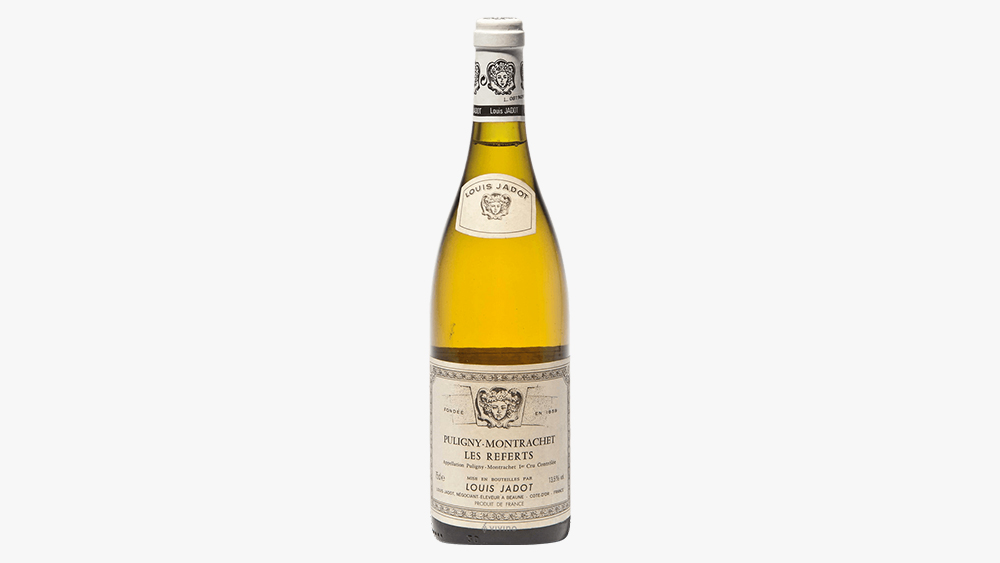
Chardonnay grapes for this elegant wine are grown in shallow clay and chalk soils on the eastern edge of the Puligny appellation. The grapes are fermented in oak barrels and then aged in French oak, resulting in heady aromas of toasted hazelnuts, almonds, and vanilla along with fruit scents and flavors of lemon zest, lemon custard, and Granny Smith apple. This premier cru Burgundy is well balanced with pleasant acidity and a persistent finish. Drink now or through 2035.
Domaine Fernand & Laurent Pillot 2020 Chassagne-Montrachet Premier Cru Les Champgains Burgundy

The Pillot family has been nurturing grapes on the hills of Chassagne-Montrachet for over 35 years and today they work hard to maintain Burgundian tradition while producing wines that appeal to modern wine drinkers. This charming Chassagne is fermented in barrel with minimal stirring of the lees and then aged in French oak barrels for about a year. It has aromas of grapefruit pith, honeysuckle, citrus blossom, and lemon zest and flavors of lemon curd, ruby red grapefruit, and green apple. It is generous on the palate with delicate acidity and a bright splash of citrus in the finish. Drink now or through 2030.
Domaine Leflaive & Associés 2020 Auxey-Duresses Village Burgundy

Wines made under the label Domain Leflaive & Associés are crafted by Domaine Leflaive’s winemaking team but use grapes not from the estate vines but rather from other surrounding vineyards. This village appellation Auxey-Duresses has aromas of lemon-lime zest, Bartlett pear, and just-sliced Fuji apple. There are the same fruit flavors in the mid palate but the addition of toasted almond and lemon curd notes round out the texture of this easy to drink, easy to love, wine.
Domaine Coffinet-Duvernay 2020 Chassagne-Montrachet Premier Cru Les Fairendes Burgundy

This 17-acre estate is owned by Phillippe Duvernay and his partner Laura Coffinet with 10 acres dedicated to white wine production. Grapes for this intoxicating white come from the limestone-prevalent Fairendes Premier Cru vineyard and are hand harvested in small boxes, then gently pressed with a pneumatic bladder press before entering small oak barrels for primary and malolactic fermentation. The resulting wine has a lovely bouquet with aromas of white flowers, Winesap apple, freshly picked mushrooms, and Anjou pear and flavors of white peach, green apple, and ripe pear. Drink now or through 2035.
Bouchard Père & Fils 2018 Corton-Charlemagne Grand Cru Burgundy

An intoxicating wine from the famed Corton-Charlemagne appellation, this golden-colored delight has aromas of citrus blossoms, freshly baked brioche, Bartlett pear, and lemon curd. It is full bodied on the palate with flavors of Granny Smith apple, caramelized lemon rind, freshly cut pineapple and a strong backbone of minerality. Enjoy now or enjoy over the next 15 years.
Joseph Drouhin 2018 Corton-Charlemagne Grand Cru Burgundy

Joseph Drouhin started his company in 1880 and today it is run by four of his grandchildren, who were all born in the 1960s. The house style is quite traditional, but the family is always looking for new innovations to improve their already excellent wines. This wine comes from grapes grown in the famous and revered Corton-Charlemagne vineyard that was once owned by Emperor Charlemagne. It has enticing aromas of lemon curd, citrus blossom, toasted almond, and rose. On the palate it is well balanced with flavors of green apple, almond blossom, beeswax, and brown baking spices. Drink now or hold for a few decades, either way you won’t be disappointed.
Domaine Laroche 2019 Chablis Grand Cru Les Blanchots Burgundy

This vibrant Chablis is named for the blanchot clay found in the vineyards. Grape bunches are hand harvested and then the stems and the grapes are pressed together in a pneumatic press and fermented in used French oak barrels, before transferring to 88 percent used oak barrels for 14 months of ageing. This results in a wine with a wild and brambly character rather than an oaky style. There are aromas of freshly cut green herbs and white stone fruits with flavors crisp Winesap apple and peach nectar that lead to a clean, refreshing finish.
Domaine Christian Moreau Père & Fils 2018 Chablis Grand Cru Les Clos Burgundy

Christian Moreau has been an ambassador for Chablis for many years. His wines are well made (now by his son) and well known on every continent. This grand cru Chablis has aromas of flint, green apple, citrus blossom, toasted almonds, and nectarine. In the mouth there are flavors of Anjou pear, lemon zest, bergamot, yuzu, and river rocks. Drink now or hold for a decade.

